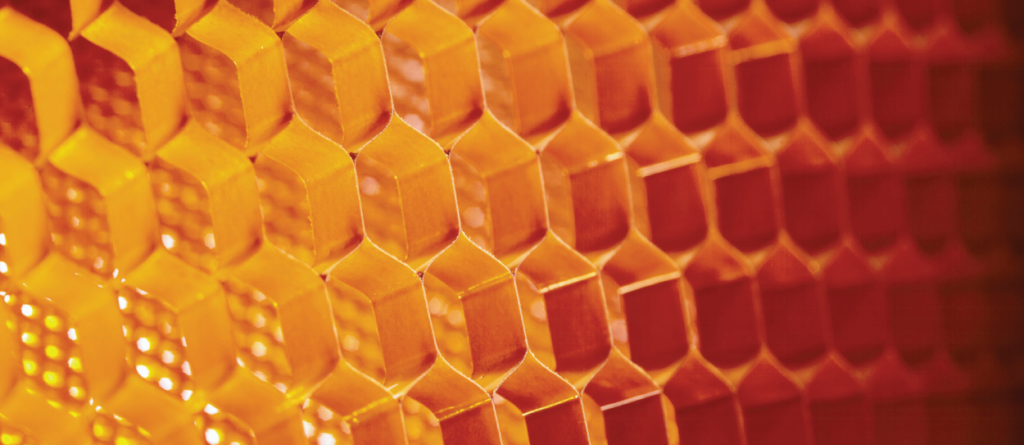Since 2019, the Renault F1 team has had a technical partnership with materials supplier DuPont. PMW spoke to Carlo Fiorella, Global Automotive Manager at DuPont, who oversees the partnership, to find out what the company hopes to gain from the tie-up and understand the latest materials developments it is bringing to F1.
For DuPont, Formula 1 acts as a testbed for materials development. As Fiorella says, “We look at the materials we use in industries such as aerospace, we can take the things we learn there, apply them in F1, push the technology envelope, find improvements then apply it back into aerospace. That is part of the strategic aim of this partnership, to fast track product development. You look at aerospace, that has a 10-year cycle time, or automotive where it is a multiyear cycle. In F1, it is a multi-day cycle.”
The main materials the company supplies into racing are Kevlar and Nomex. However, the applications for these may be more varied than some people realize. One of the longest standing is the use of Nomex honeycomb material in the construction of composite parts. Here, the material is processed into a paper form and formed into a honeycomb material.
However, the honeycomb structure has evolved over time. “We’ve changed the thickness of the papers used, the geometry of the honeycomb and developed more advanced systems. Certainly, the use of FEA allows us to make best use of the different material properties we are looking for, be that in the precursors used or the interface of the materials,” explains Fiorella.
He notes that the combination of F1 composites engineers, with their detailed knowledge of how the materials behave in various load situations, and the in-depth knowledge of DuPont’s engineers and chemists on their material’s properties is a potent one. “For example, when we first came up with the honeycomb materials, we also came up with the methods to test it. It goes far beyond basic uniaxial tests, you have to do application specific testing, to understand the behavior when it is subject to high strain rates, different angles of impact,” he says.
One less well-known application for Nomex is in the energy recovery systems. “Nomex is not only inherently flame resistant, it is also electrically insulating. We have developed Nomex PPE for track workers that need arc protection when working on hybrid systems for example. But that also means we can take that same fiber and apply it in the hybrid drives; 80% of BEVs utilize Nomex paper in their batteries, for example,” Fiorella says.
“In F1, as the voltages have got higher on the systems, it has become the material of choice for insulating them. With the F1 teams we have been able to work on the development of that material, making it thinner, stronger, or have better insulation of thermal conductivity.”
Again, it is notable that F1 was not the first time Nomex has been used in electrical devices, for years it has been a staple material in industrial transformers and heavy-duty motors. What F1 facilitates is pushing the boundaries of the material’s capabilities with a rapid test and development cycle.
Generally, thermal conductivity and electrical insulation tend to work against each other. So how can these seemingly mutually exclusive properties be combined? This edges toward the territory of confidential IP, but Fiorella does say, “We have materials that do enable high insulation with good thermal conductivity. Some of those are newer next-generation ones that are still in development. But it is a great area of research and we are always looking for ways to increase the thermal performance without decreasing safety. We are working with the team to look at areas we can help improve the efficiency of the motors and that will translate through to road car projects.”
Giving an example of the testing methods used on the Nomex insulation, he explained, “We will submerge samples in cooling oil for months, and pulse them with high voltages or subject them to very high switching frequencies. We have to understand how our materials operate in their end-use applications.”
Beyond Nomex, there are also some interesting applications for the company’s Kevlar materials. Known for being very tough and abrasion resistant, it is not just used in bodywork, but also in areas such as hose reinforcement. However, its electrical properties are also useful. Fiorella points out that whereas carbon fiber is quite an effective barrier for radio waves, Kevlar is not, and so can have uses in areas of telemetry systems that rely on wireless signal transmission.



